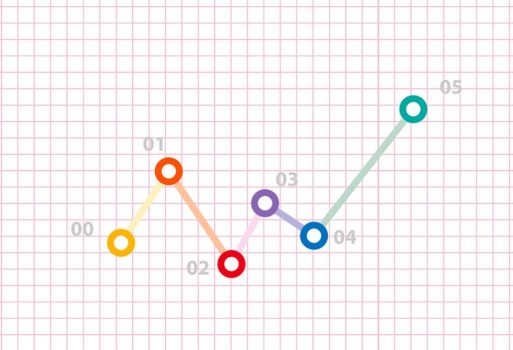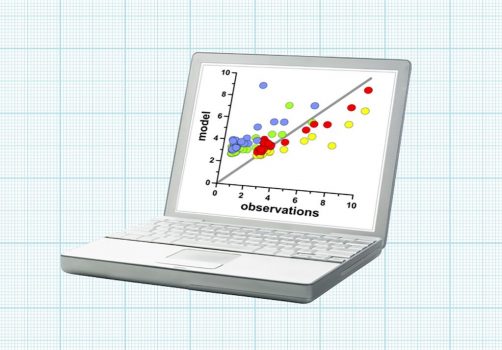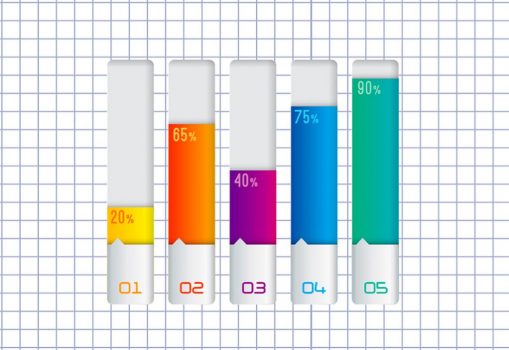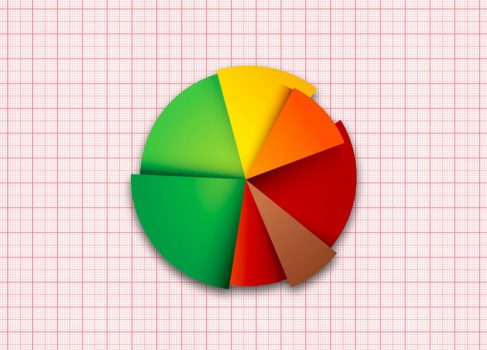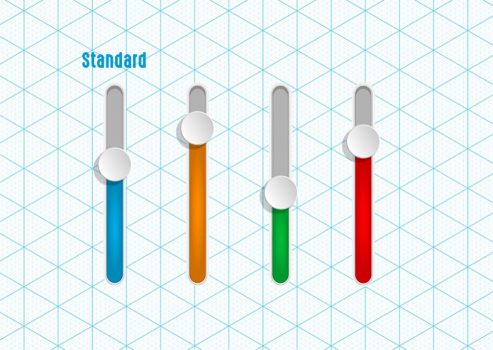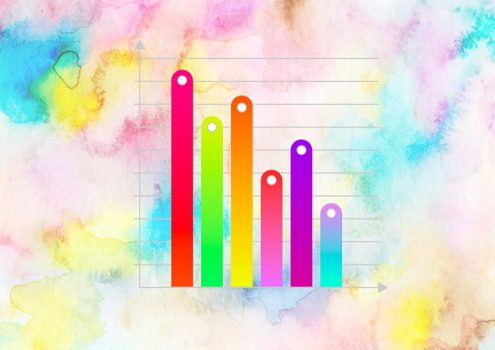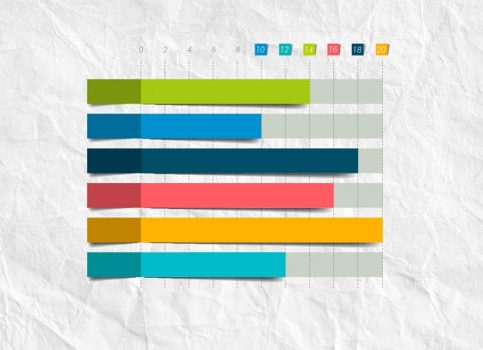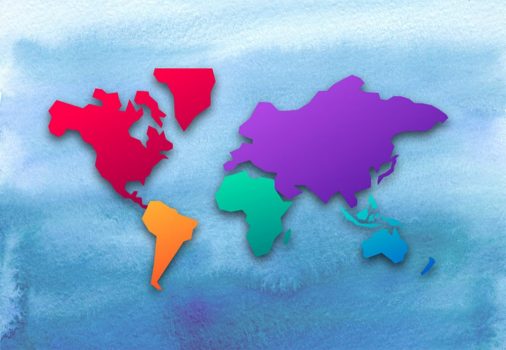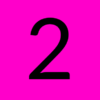
Data Visualizations
Data Visualizations
Communicating scientific knowledge clearly and accurately relies on effective use of visuals.
Learning Objective: Match different forms of visualization with the information that is being conveyed.

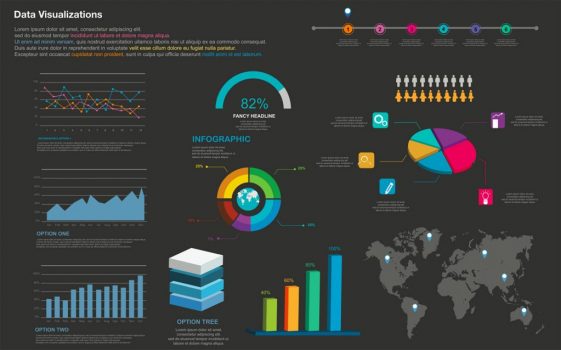
Data visualization is the use of graphs, plots, infographics, and other figures to visually represent data.
Data visualization starts with a choice: selecting the correct format to represent the data accurately.
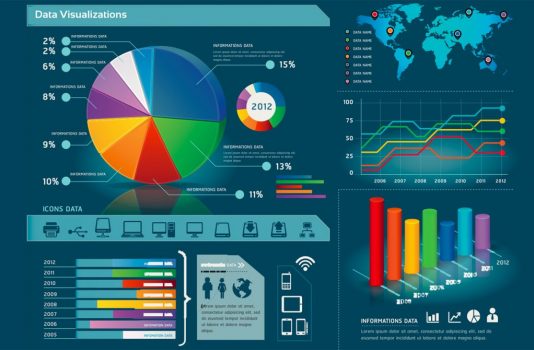
Advance through this slider to review eight common forms of data visualization, and what they represent.
Hover over the images to pause the scroll
Once you have selected a type of figure that accurately represents the data, it is time to add information to make sure the figure is clear and easy to read.
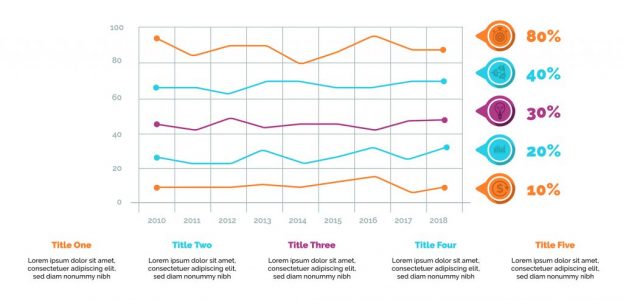
Labels provide critical information on what is included in a figure.
This typically includes a title, labeled axes, and a key of any lines, bars, dots, or other data represented in the chart in which the meaning is not obvious.
Line, colors, textures, and patterns can distinguish between different forms of data.
It is important to minimize information that may distract from the data or lead to misconceptions.
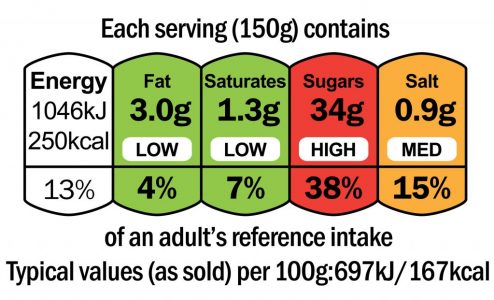
Now, the data visualization needs to be engaging: capturing and holding the viewer’s attention so they will read and think about the figure.
This video presents the idea of making data visualizations engaging to a reader.
Watch this video; you can select the closed captioning “cc” option if you would like to see the text.
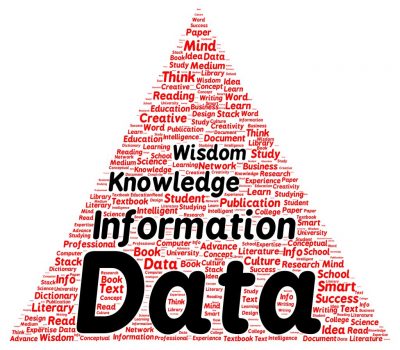
People will not look for information within data, or convert that information into knowledge and usable wisdom, unless the data is presented in an accurate, clear, and compelling manner.
Start Your Media Assignment here
For this media assignment, you are producing a data visualization. This could be your quadrat data, data you already have collected in the past, or new data you collect for this assignment. The data does not need to be related to animals, but does need to be related to some type of natural phenomenon. For example, you could use weather data, the number of hours a pet sleeps, calories in a daily diet, the size of populations in different areas, etc.
Your data visualization needs to:
-
be in a figure format that you feel accurately represents the data. This could be a line chart, bar chart, scatterplot, pie chart, histogram, cartogram (map), or something less conventional.
-
clearly present the data with a title, labels, and/or key as needed.
-
have an engaging design that captures attention. This could be color, patterns, texture, 3D modeling, a witty shape, or whatever you create.
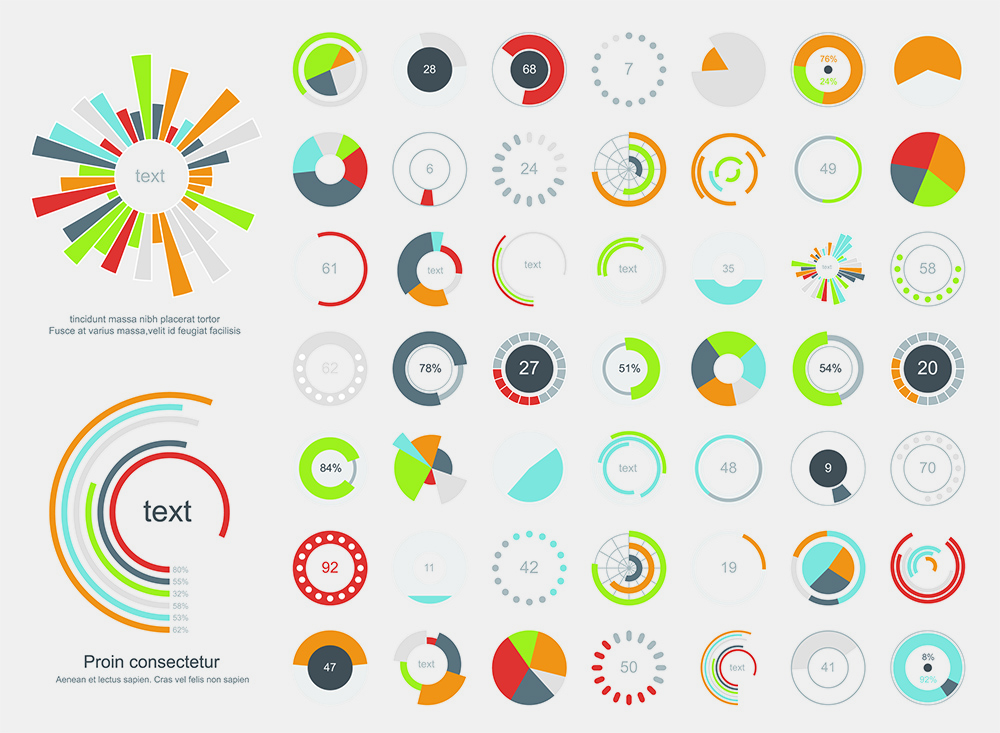
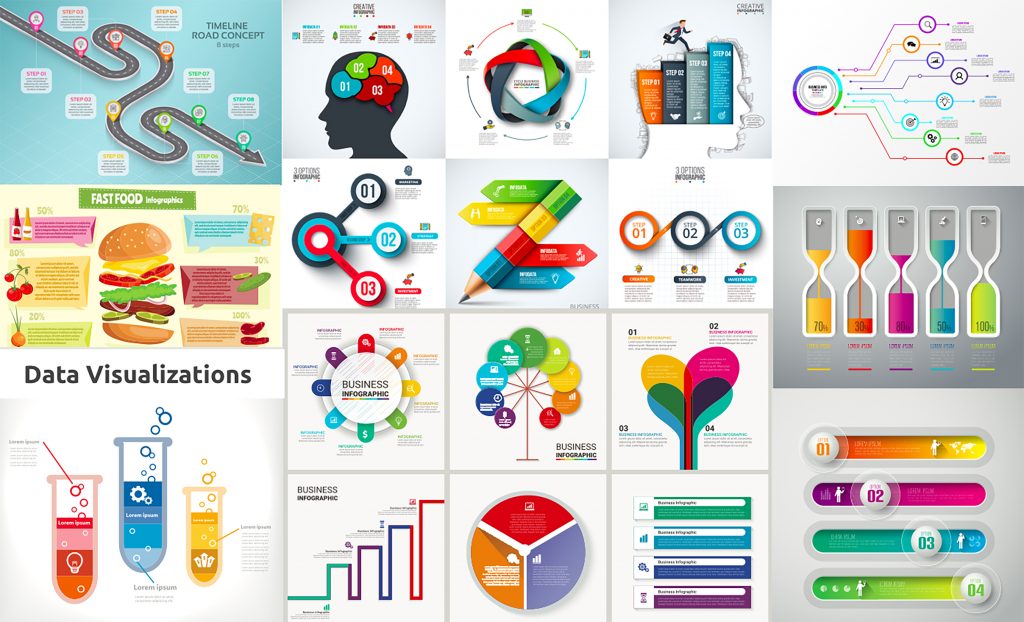
It is tempting to pass up the interpretive signs when you visit a destination, but they often include local data collected on the organisms and habitats you will be exploring.

Data visualization can start when you begin collecting the data itself. Field journals can include graph paper so figures can be sketched on location. Consider keeping a field journal for data in either digital or hard copy form.
You can see how the “junk journals” in this photo inspire data collection and visualization in this guide’s resource section.
The next section explores the source of much of the new data that needs to be effectively visualized: genetic technologies.

